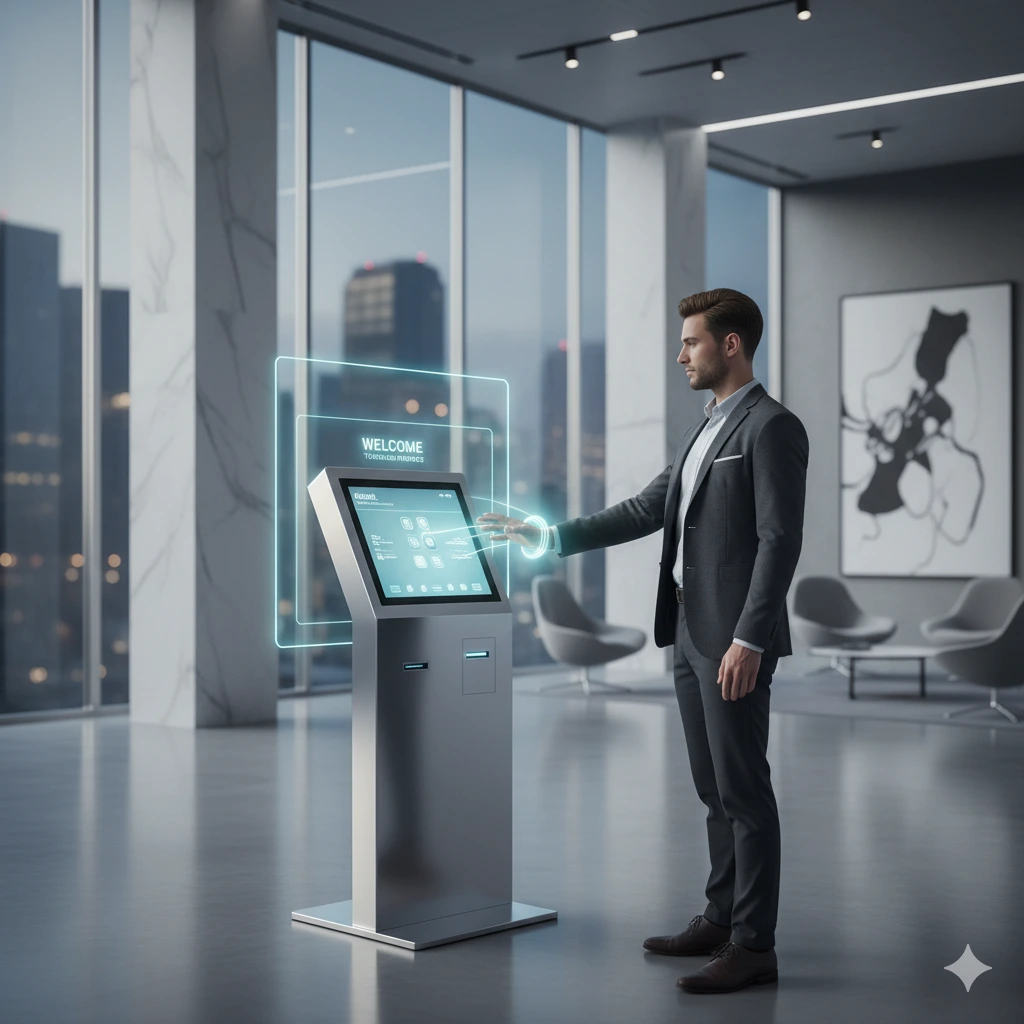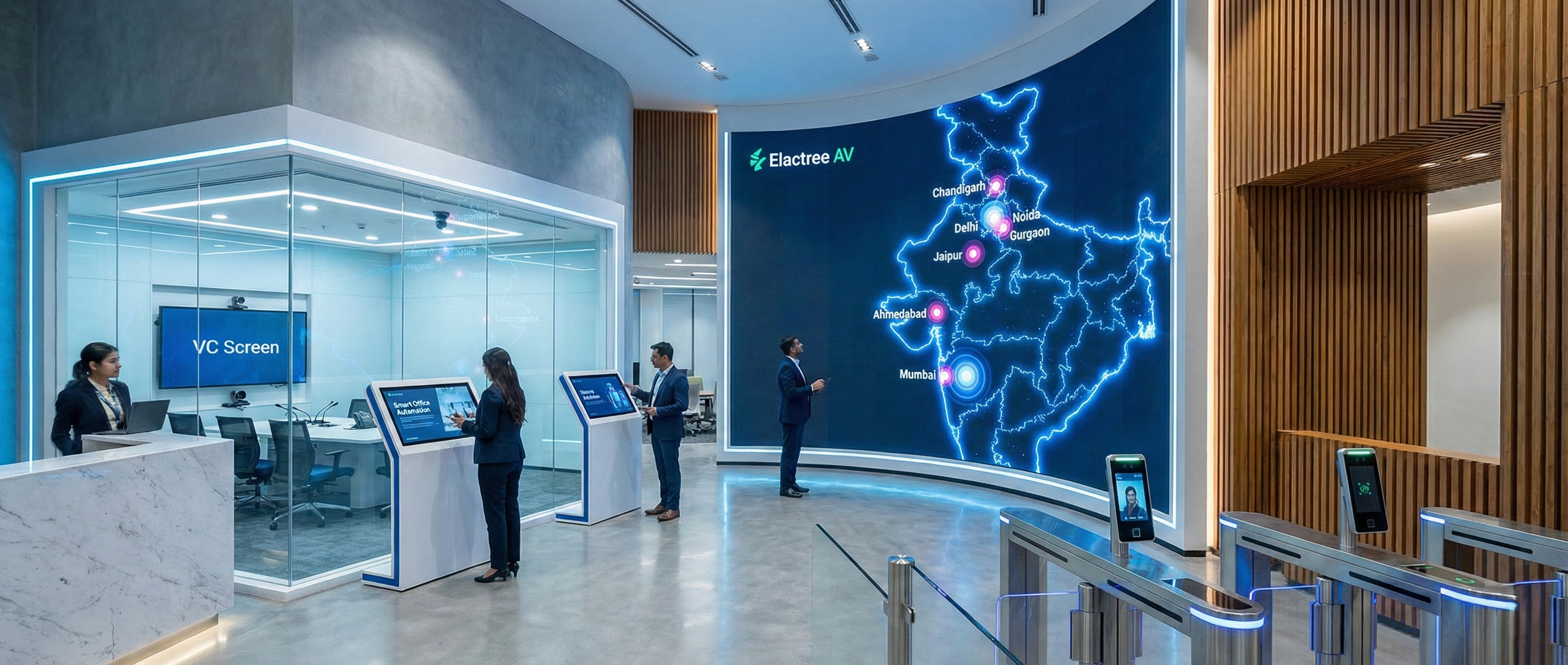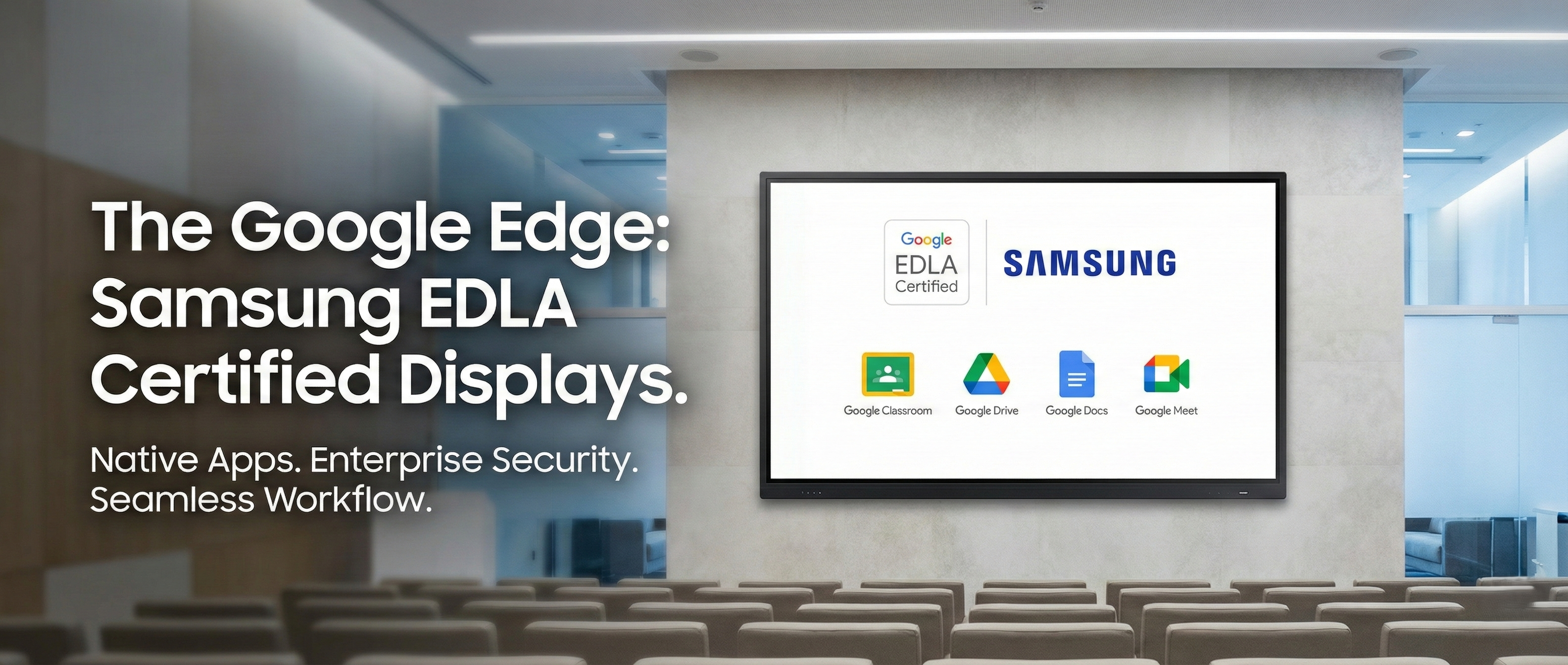Introduction: A New Era of Interaction
The COVID-19 pandemic fundamentally reshaped consumer behavior and business operations. A heightened awareness of hygiene and a preference for minimal physical contact have accelerated the demand for innovative, contactless solutions. As businesses across all sectors—from retail and hospitality to healthcare and banking—re-evaluate their customer service models, the touchless kiosk has emerged as a powerful and essential tool. These interactive devices are no longer just a luxury; they are a critical component of a safe, efficient, and modern customer experience.
For business owners, navigating the myriad of available options can be overwhelming. This guide is designed to be your definitive resource, helping you understand the technology behind touchless kiosks, evaluate the benefits, and make an informed purchasing decision that will position your business for success in a post-pandemic world.
What is a Touchless Kiosk?
A touchless kiosk is an interactive self-service terminal that allows users to perform tasks without physically touching a screen or keypad. Instead of traditional touch interfaces, these kiosks utilize a variety of advanced technologies to enable a seamless, hands-free interaction. This can include:
Gesture Recognition: Users can navigate menus and make selections with simple hand movements or gestures captured by a camera or sensor.
Voice Commands: Utilizing voice recognition software, users can verbally interact with the kiosk to place orders, search for information, or complete check-ins.
QR Codes and Mobile Integration: A common and highly effective method, this allows users to scan a QR code on the kiosk screen with their personal smartphone to access a web-based interface and complete their transaction on their own device.
Eye-Tracking: This cutting-edge technology allows the user to control the screen by simply looking at a specific icon or item.
This move from a tactile to a non-tactile interface addresses key consumer concerns about shared public surfaces, while also delivering a faster, more efficient experience.
The Business Case: Why Invest in Touchless Technology?
The global touchless gesture sensor kiosk market is projected to reach over $10 billion by 2033, reflecting a massive shift in consumer and business priorities. Investing in this technology provides a clear competitive advantage with tangible benefits.
Enhanced Health and Safety: This is the most significant driver for touchless technology adoption. By eliminating a shared contact point, businesses demonstrate a commitment to customer and staff well-being, building trust and confidence in an era of heightened health awareness.
Improved Operational Efficiency: Touchless kiosks automate repetitive tasks like check-in, ordering, and payment. This frees up staff to focus on more valuable, customer-centric activities, such as providing personalized assistance or resolving complex issues. This efficiency leads to reduced labor costs and smoother operations, especially during peak hours.
Faster Service and Reduced Wait Times: No one likes waiting in a long line. Kiosks allow multiple users to be served simultaneously, drastically reducing queues and improving customer flow. A McKinsey survey found that 75% of customers prefer self-service options to save time.
Increased Revenue and Upselling Opportunities: Just like traditional self-service kiosks, touchless versions can be programmed to automatically suggest add-ons, upgrades, and promotional items. Unlike a human cashier who might forget, the kiosk is a consistent and tireless salesperson.
Valuable Data Collection and Insights: Every interaction with a touchless kiosk generates valuable data. You can track popular menu items, peak service times, and customer preferences. This predictive analytics helps you make smarter business decisions, from optimizing your product offerings to improving staff scheduling.
Key Features to Look for in a Touchless Kiosk
Before you buy, it’s crucial to know what features matter most. A well-chosen kiosk is a long-term investment that should align with your business needs.
Technology & Functionality:
User Interface (UI): Is it intuitive and easy to use? The user experience is paramount. A clunky interface, regardless of the technology, will frustrate customers.
Core Technology: Which type of touchless interaction is best for your business? Gesture control might be great for a museum exhibit, while QR code integration is often more practical and cost-effective for a restaurant.
Customization: Can the software be customized to match your branding, from logos to color schemes?
Hardware & Durability:
Commercial-Grade Build: Look for robust materials that can withstand frequent use and potential vandalism. Consumer-grade tablets are not a substitute for a purpose-built commercial kiosk.
Screen Brightness & Clarity: The display should be bright enough to be visible in your environment (e.g., in a brightly lit lobby or outdoors). Look for anti-glare screens.
Mounting Options: Do you need a freestanding unit, a wall-mounted kiosk, or a countertop model? Choose based on your available space and foot traffic.
Software & Integration:
Seamless Integration: Can the kiosk software integrate with your existing systems? This includes your Point of Sale (POS) system, CRM, inventory management, and loyalty programs.
Remote Management: Can you manage content, monitor performance, and troubleshoot issues remotely? This is a huge time-saver and ensures maximum uptime.
Security: For payment or personal information, ensure the kiosk is PCI DSS compliant and has robust data encryption to protect sensitive data.
A Step-by-Step Buying Guide for Business Owners
Purchasing a contactless kiosk is a strategic decision. Follow these steps to ensure you get the right solution for your business.
Define Your Goals and Use Case:
What problem are you trying to solve? Do you want to reduce lines, automate check-in, or provide a product catalog?
Who is your target user? Are they tech-savvy millennials or a diverse group of all ages? Your user demographics will influence the best technology to choose.
Research Vendors and Request Demos:
Create a list of reputable kiosk manufacturers and software providers. Look for companies with a strong track record and positive reviews.
Request a live demo of their products. It's the best way to test the user interface, assess the quality of the hardware, and see the touchless technology in action.
Evaluate the Total Cost of Ownership (TCO):
Don't just look at the initial purchase price. Factor in software licensing fees, installation costs, ongoing support and maintenance, and potential future upgrades.
Plan for Implementation:
Consider a pilot program. Test a few units in one location to gather feedback from both customers and staff. This allows you to fine-tune the system before a full-scale rollout.
Train your staff. While kiosks reduce the need for manual tasks, staff will need to know how to assist customers who are new to the technology and how to handle any technical issues.
FAQs for Touchless Kiosks
1. Is touchless technology reliable and accurate?
Modern touchless kiosk technology has become highly reliable. Innovations in computer vision, voice recognition, and mobile integration have made these systems incredibly accurate. For example, hand gesture recognition can now track movements with sub-millimeter precision, while QR code-based systems offer a near-perfect user success rate since the user is interacting with their own device.
2. Are touchless kiosks more expensive than traditional touch-screen kiosks?
Initially, yes, the hardware for advanced touchless kiosks (e.g., with gesture or eye-tracking) may have a higher upfront cost. However, a significant portion of the market relies on QR codes and mobile integration, which is often comparable in price to a traditional kiosk, as it requires less sophisticated on-board hardware. The long-term ROI from increased efficiency, sales, and a better customer experience often justifies the investment.
3. What about accessibility for people with disabilities?
Accessibility is a key design consideration for all self-service kiosks. Many touchless models offer a range of accessible features, including:
Voice-activated commands for visually impaired users.
Screen adjustments for wheelchair users.
Clear audio cues and large, high-contrast text.
Mobile integration, which allows users to interact with a familiar and accessible interface on their own device.
4. How do I maintain and clean a touchless kiosk?
While a touchless kiosk eliminates the need for frequent cleaning of the screen itself, the enclosure and surrounding area will still require regular maintenance. The process is much simpler:
Clean the kiosk with a soft, dry cloth.
Ensure the camera lens or sensor is clean to maintain accuracy.
Keep the software updated to the latest version for security and performance.
This simplified maintenance routine is a significant operational benefit.
5. How long does it take to see a return on investment (ROI)?
The time to see a positive ROI varies by industry and specific use case. Businesses that have successfully implemented touchless self-service solutions often report seeing a return within 12 to 24 months, thanks to a combination of increased sales, reduced labor costs, and a higher customer satisfaction rating. Case studies from quick-service restaurants and healthcare facilities, for example, show significant improvements in customer throughput and reduced wait times almost immediately after implementation.
Conclusion: A Future-Proof Investment
The rise of the touchless kiosk is a direct response to a changing world. It's more than a temporary trend; it's a fundamental shift towards a more hygienic, efficient, and user-centric approach to service. For business owners, embracing this technology is not just about adapting to a new normal—it's about gaining a competitive edge by creating an experience that is faster, safer, and more personalized than ever before.
By carefully considering your business needs, understanding the available technologies, and planning for a smooth implementation, you can make a smart, future-proof investment that will pay dividends in customer loyalty and operational success.
Ready to transform your business with a touchless kiosk? Contact our experts today for a free consultation and personalized recommendation. [Request a Demo Now]





